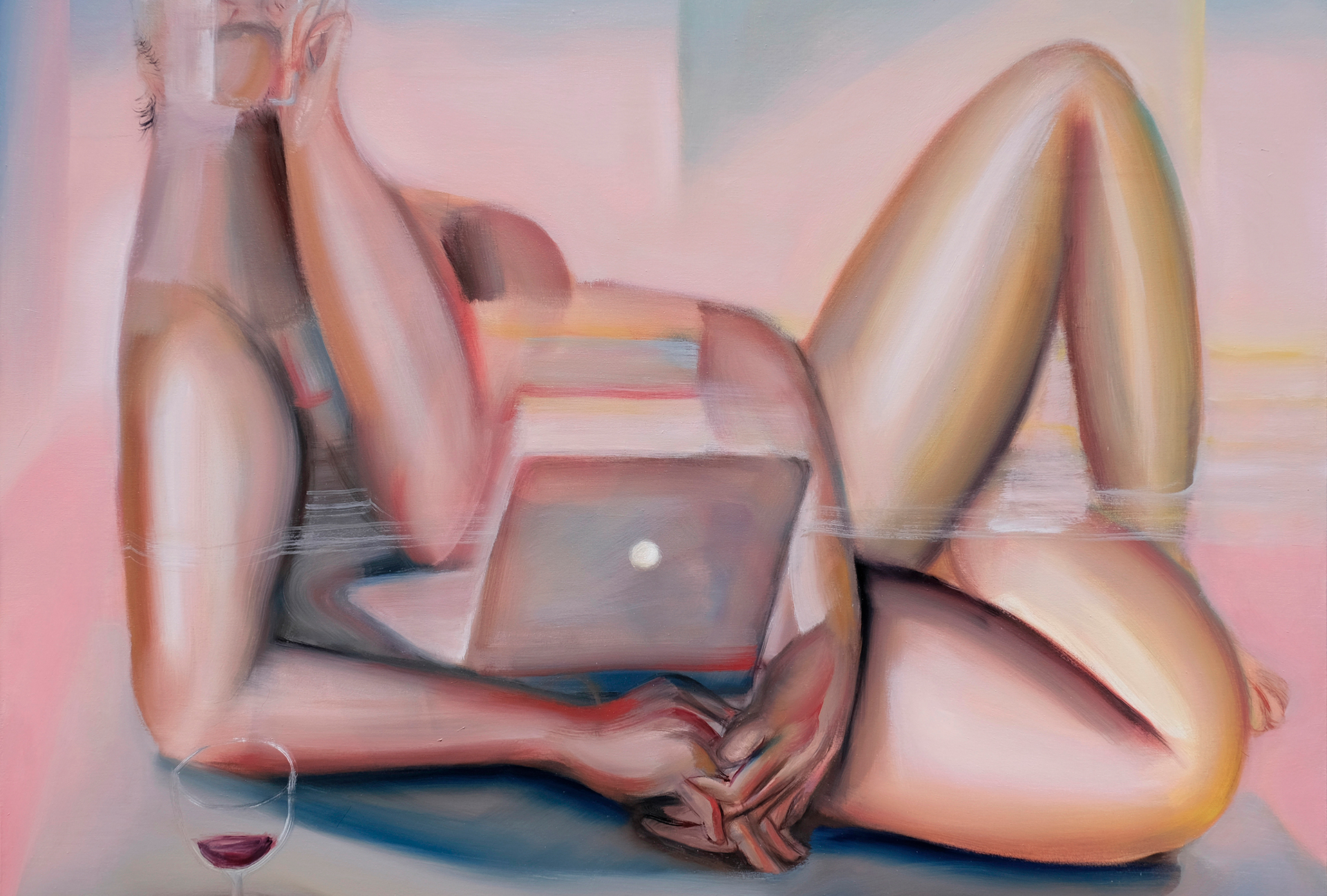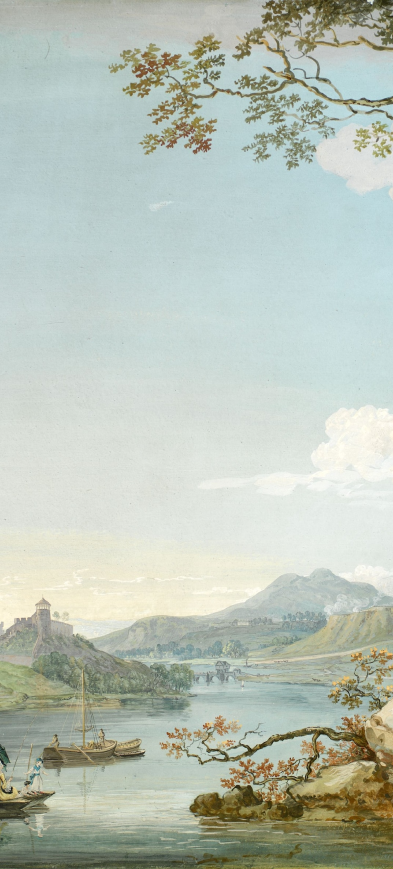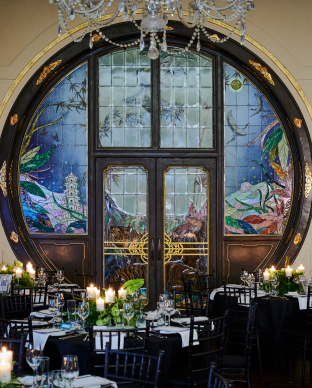


The Norval Sovereign African Art Prize aims to benefit contemporary artists working in Africa or of the African diaspora by increasing their international exposure. A collaboration between The Sovereign Art Foundation and Norval Foundation, the Prize will celebrate the practice of some of the most significant contemporary artists working today. Click here to view the Terms and Conditions.
The Prize invites contemporary artists, nominated by a board of independent art professionals, to each enter up to three artworks online. A judging panel comprised of world-class art experts shortlist the 30 most accomplished artworks from a range of digital entries.
The shortlisted artworks are then exhibited at Norval Foundation in Cape Town, where they are judged for a second time and voted on by the public. The judges scores are aggregated, and a Grand Prize winner is named. The other shortlisted artworks are auctioned, and proceeds split evenly between the artists and Norval Foundation. Artists receive the same split as they would through a gallery and the artworks often fetch higher prices thanks to generous bidding from charity patrons.
To encourage engagement and increase exposure of the artists’ works, the general public are invited to cast a vote online or in person for their favourite artwork displayed in the exhibition. The artwork with the most votes is awarded the Public Vote Prize.
500,000 South African Rand, Grand Prize
25,000 South African Rand, Public Vote Prize